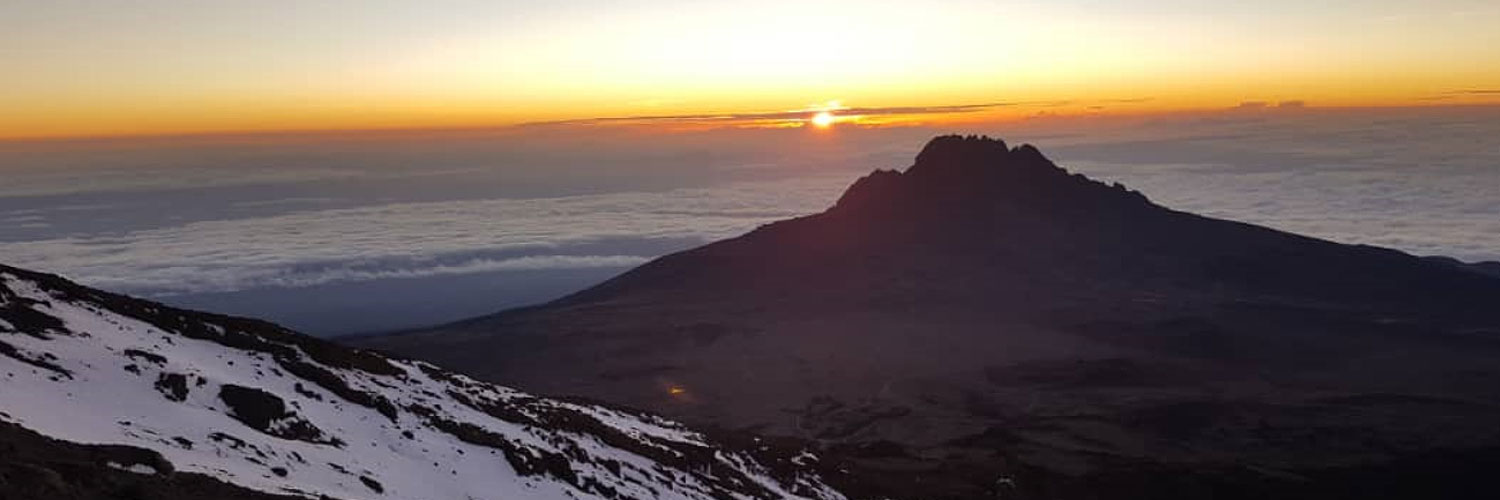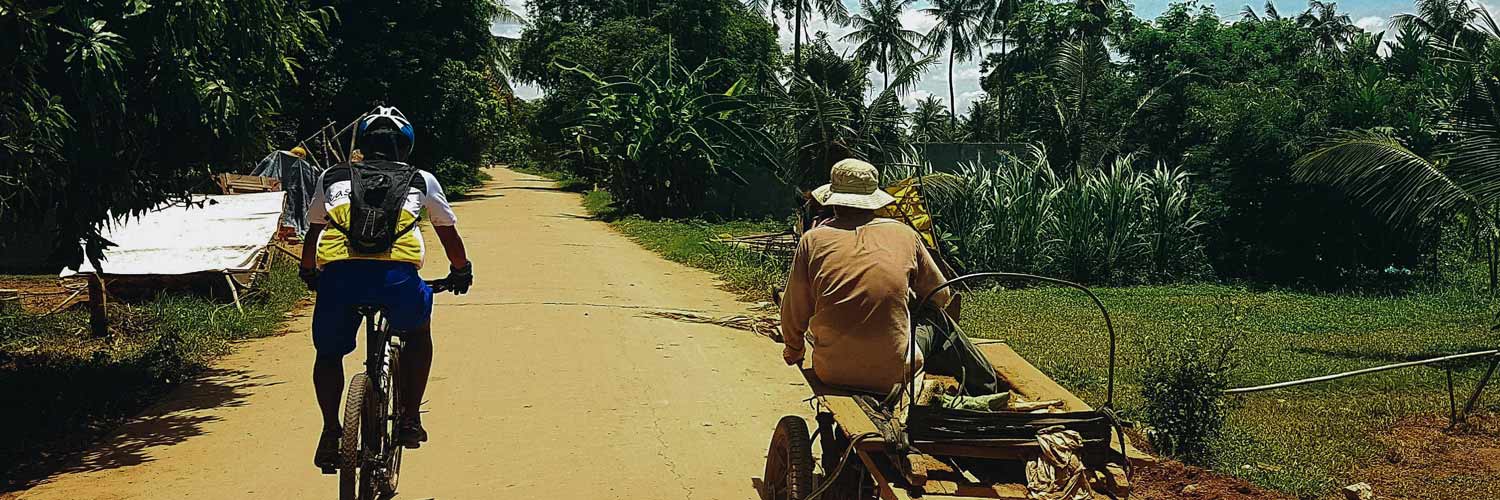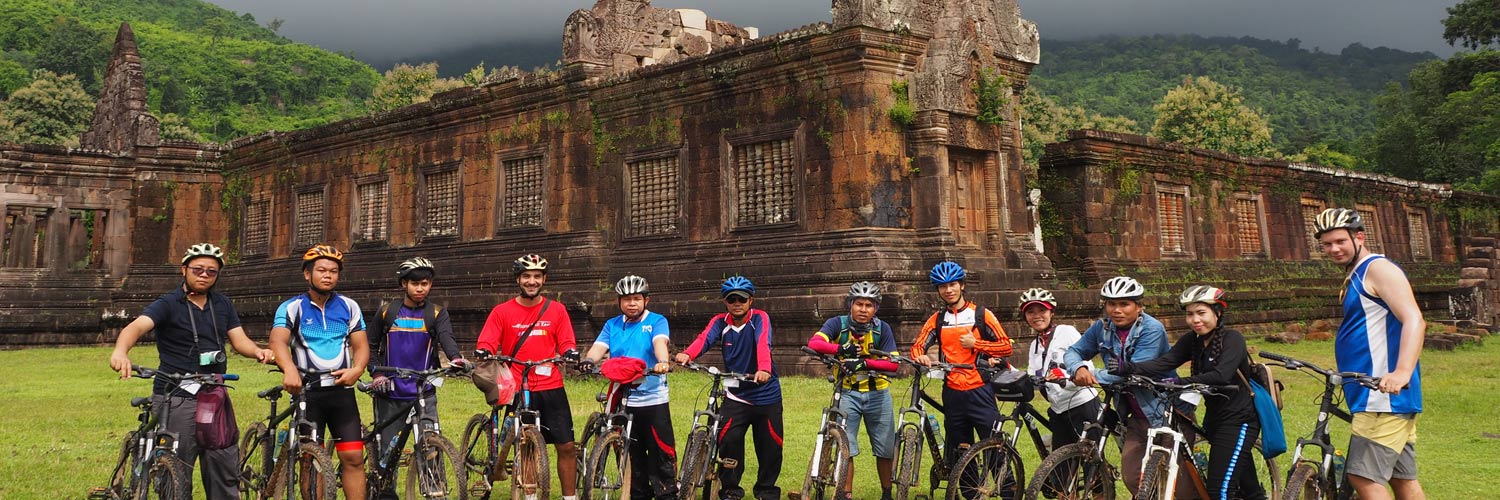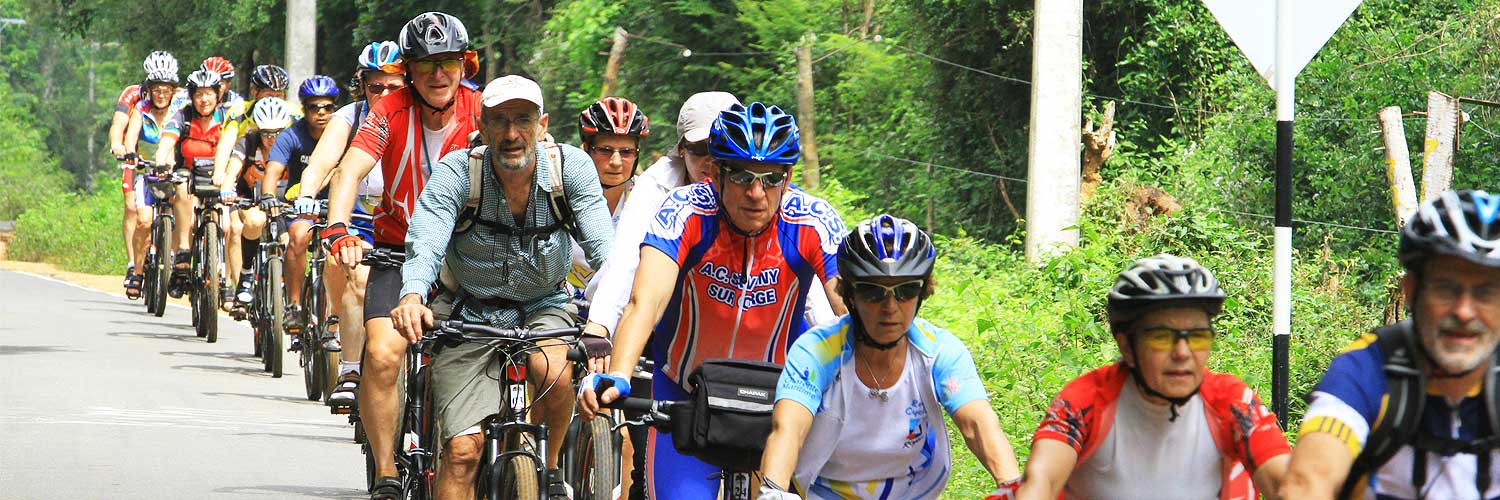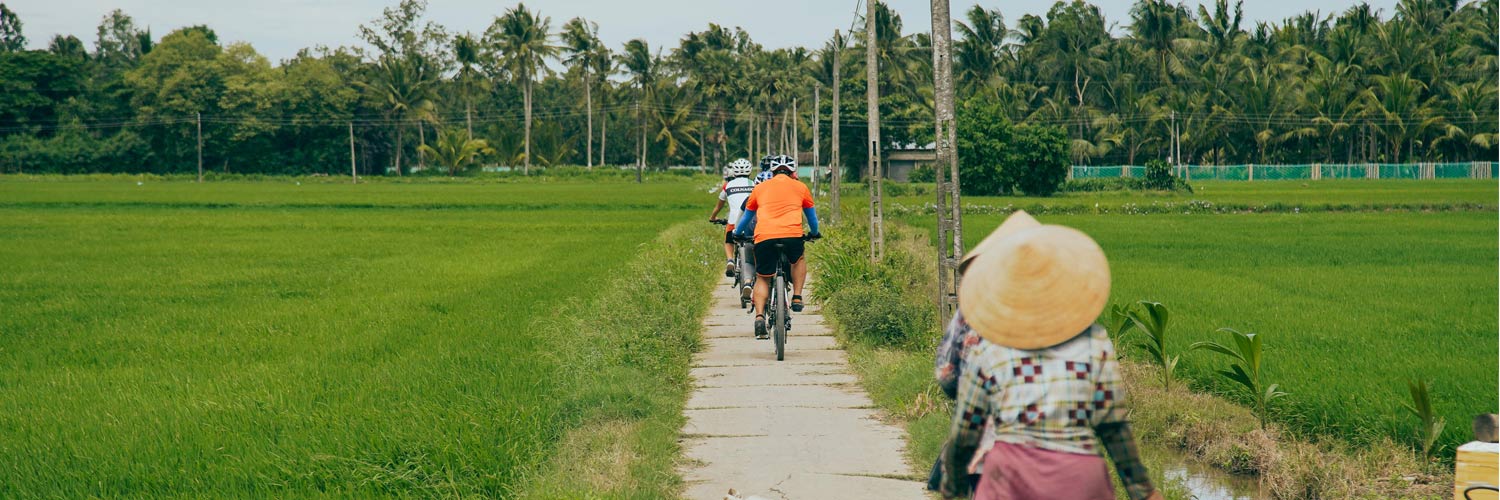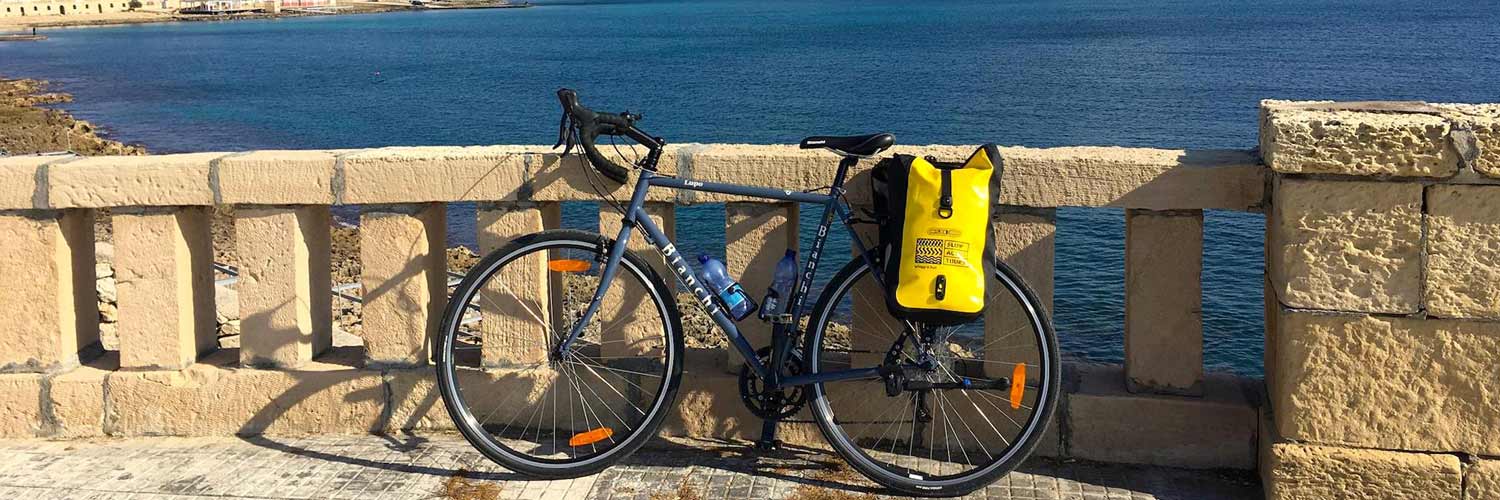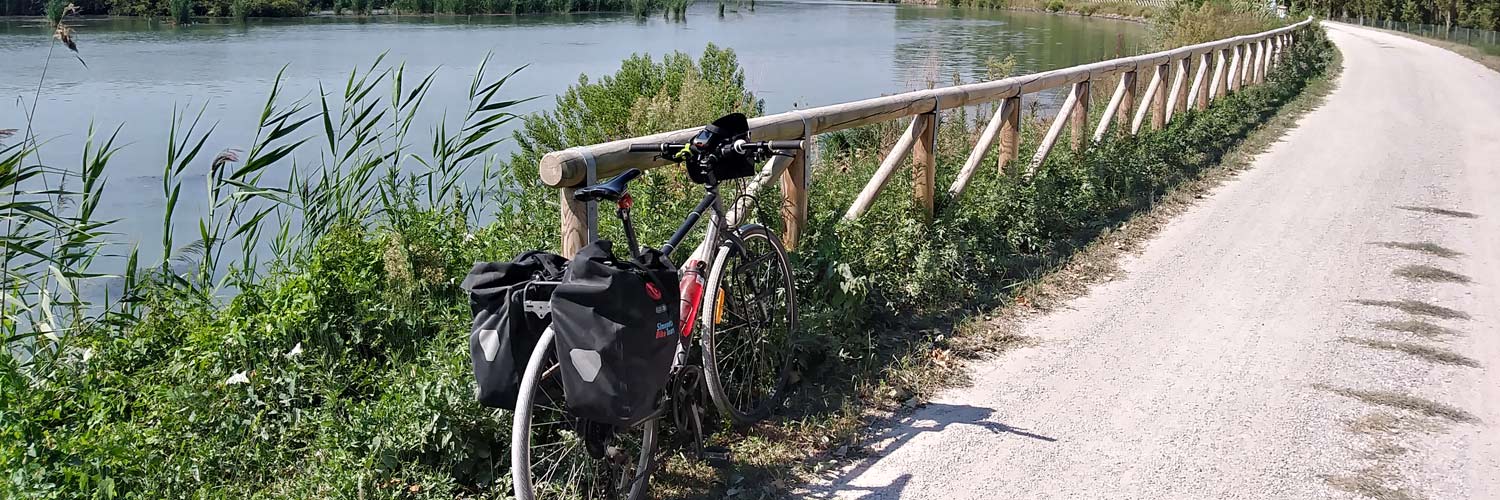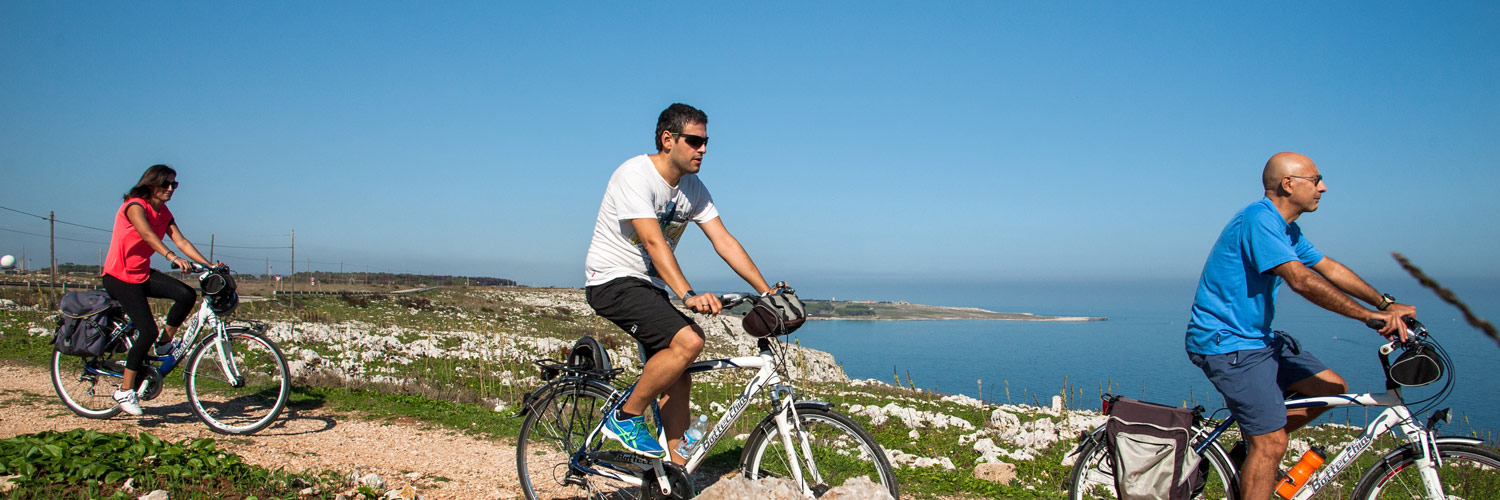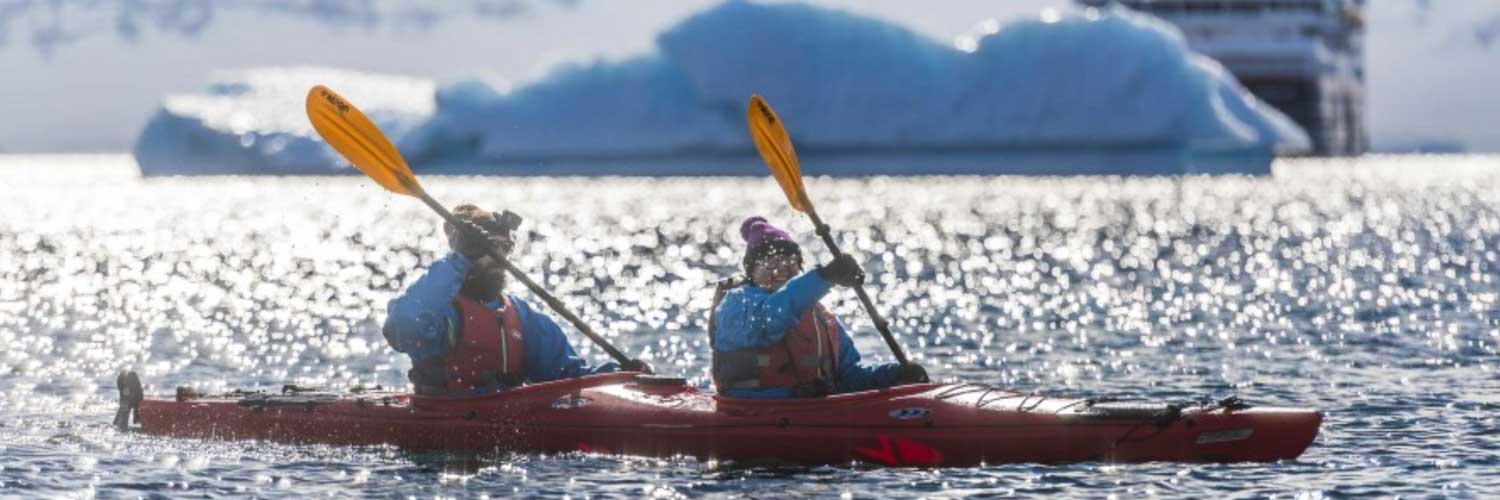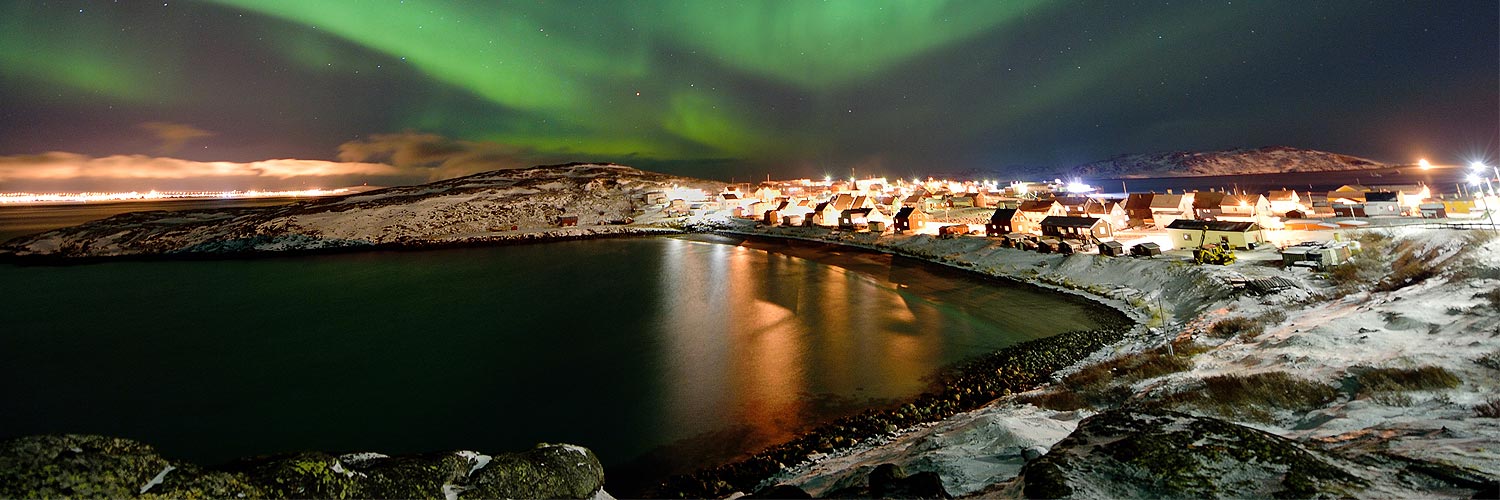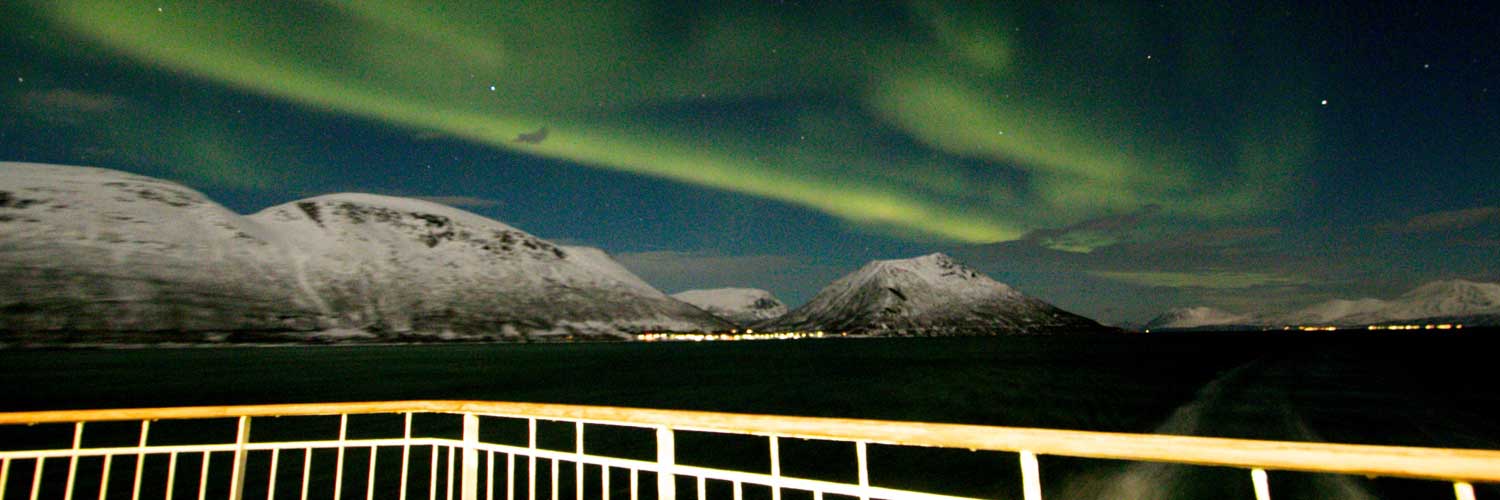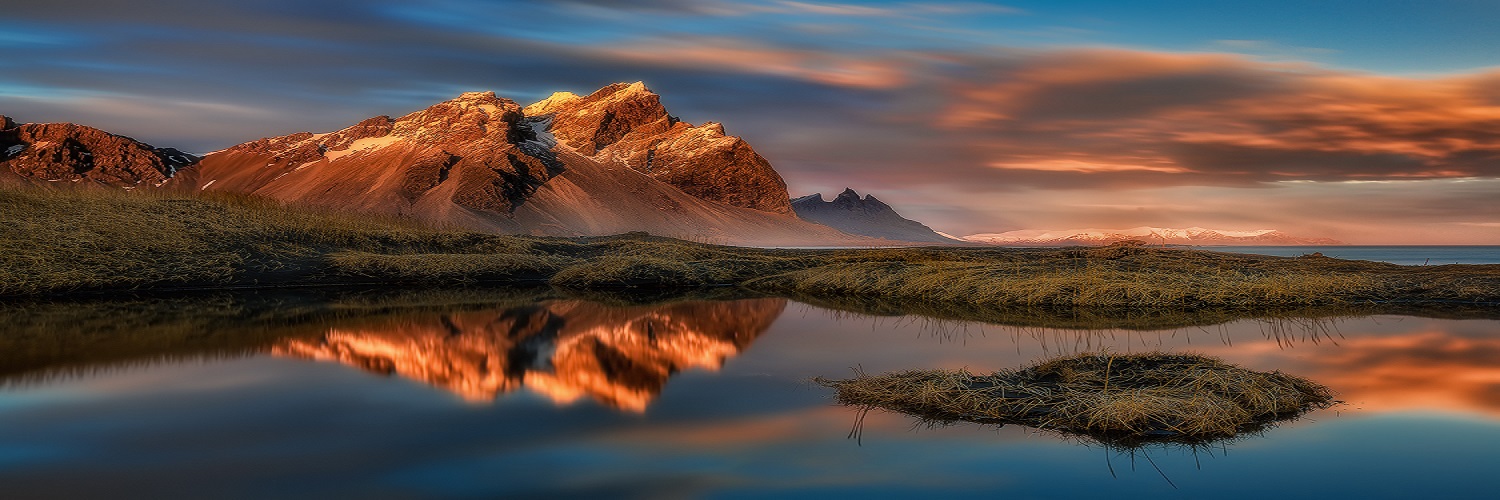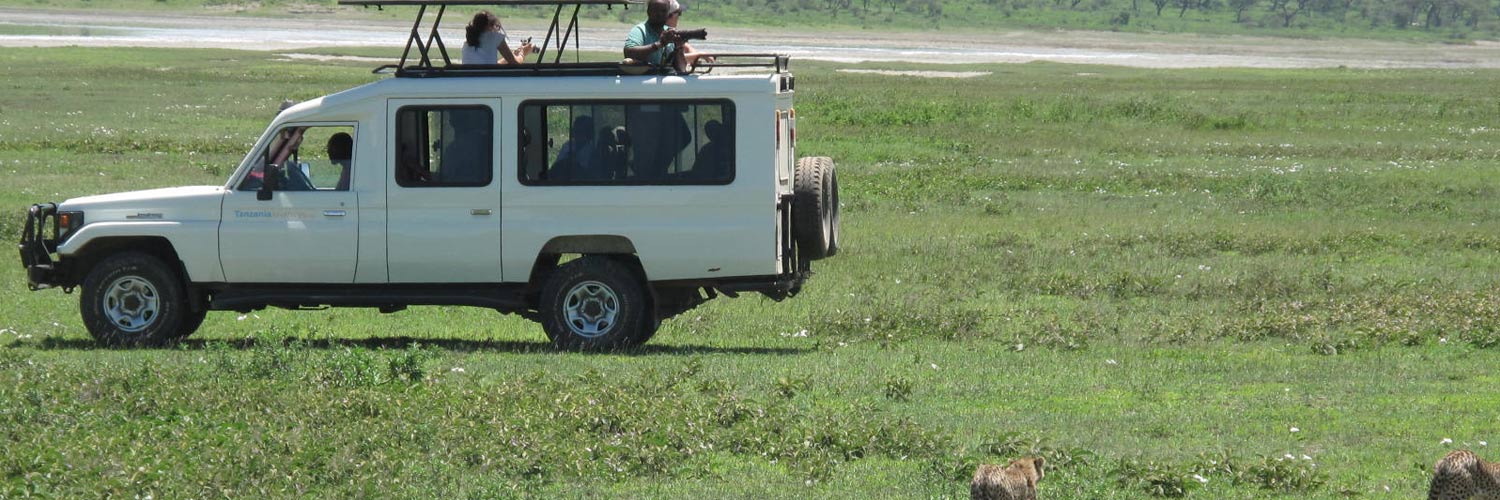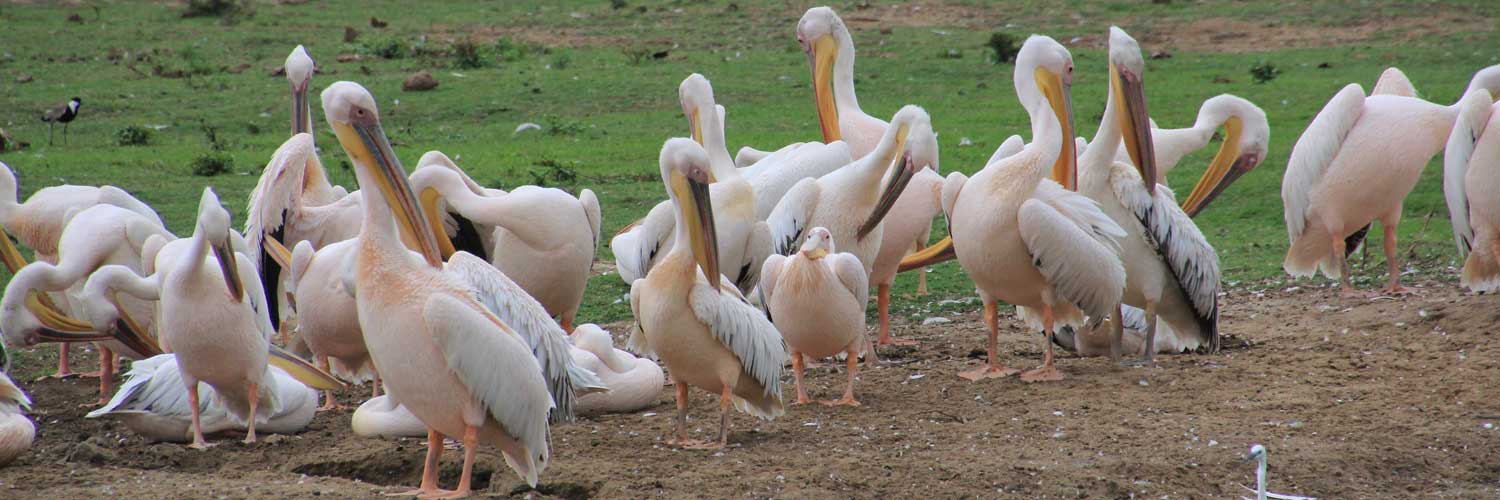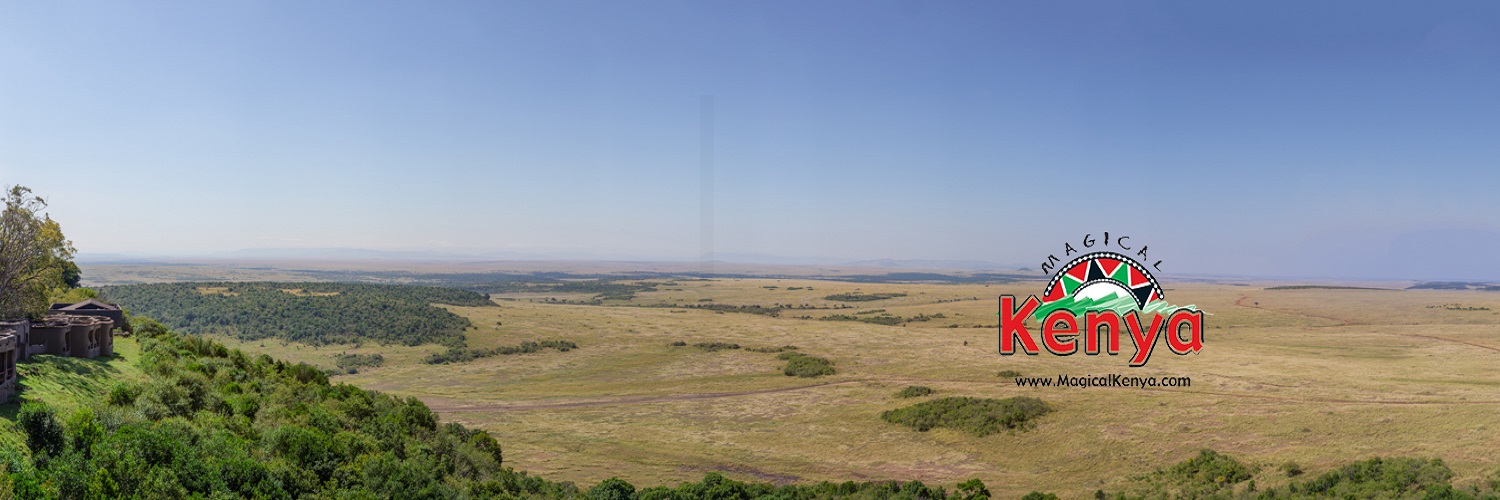MT. KILIMANJARO
HIKE AFRICA'S HIGHEST MOUNTAIN
Mount Kilimanjaro is Africa’s highest mountain and the highest free-standing mountain in the world. Its highest peak Kibo stands at 5895 metres, yet it is not just accessible to serious mountaineers. Climbing Kilimanjaro is an incredible experience and is hopefully something that you will remember all your life. The summit of Kilimanjaro is 500 metres higher than Everest Base Camp, so the key to climbing Kilimanjaro successfully is ‘Pole Pole’ – ‘Slowly Slowly’ (especially during the first two days) ascending too quickly leads to altitude sickness. Rongai Route, is generally considered the gentlest route on Kilimanjaro. Approaching from the north side of the mountain near the Kenyan border, this route like Lemosho has less traffic and offers a more wilderness experience. It can be done in 6-7 Days but does require a 2-3 hour journey from Moshi on quite rough roads.
OVERVIEW
| To | Tanzania |
|---|---|
| Length | 07 nights/ 08 days |
| Start | Day 1 (at least one night in Moshi needed before the climb) |
| Finish | Day 6 (at least one night in Moshi needed after the climb) |
| Type | Good for Individuals, Small Groups |
| Skill | 4 ? |
| Route |
Moshi-Rongai Gate-Simba camp-Kikelewa Camp-Mawenzi Tarn-Kibo Camp-Horombo Hut-Moshi |
| Season |
It is possible to climb Kilimanjaro year round, however it is best to climb when there is a lower possibility of precipitation. The dry seasons are from the beginning of December through the beginning of March, and then from late June through the end of October. These are considered to be the best times to climb in terms of weather, and correspondingly are the busiest months (high season). Of course, the rains are unpredictable and may come early or extend beyond their typical time frames, which means that it is possible to experience mostly dry weather conditions during the rainy season, just as it is possible to have heavy rain during the dry season. January through mid-March are the warmest months, with clear skies in the mornings and evenings; during the day, clouds may appear along with brief showers. The long rainy season goes from the end of March to early June; it can be very wet and visibility may be low due to heavy clouds but the advantage is that the crowds are gone. On the mountain, the temperatures are determined by the altitude and time of day. At the beginning of the climb, at the base of the mountain, the average temperature is around 21 to 27 degrees Celsius and from there, the temperatures will decrease as you move up. At the summit, Uhuru Point, the night time temperatures can range between -7 to -29 degrees Celsius. Due to Mount Kilimanjaro's great height, the mountain creates its own weather, which is extremely variable and impossible to predict. Therefore, regardless of when you climb, you should always be prepared for wet days and cold nights. |
HIGHLIGHTS
Summit Mount Kilimanjaro, the highest mountain in Africa and one of the seven summits of the world. Cross 6 ecological zones, going from lush rainforest to the artic zone.
Rongai route is the only northern approach, with views on Kenya and Amboseli National Park; it is a trek off the beaten track which assures a genuine wilderness experience.
SKETCH ITINERARY
| Day 1: | Arrive at Kilimanjaro Airport and transfer to Moshi for briefing with your guide and overnight. |
| Day 2: | Drive to Rongai gate and start your trek through the rain forest up to Simba Camp. |
| Day 3: | Continue through the moorland zone, head toward Mawenzi Peak and reach Kikelewa Camp. |
| Day 4: | A relatively short but steep day to Mawenzi Tarn |
| Day 5: |
Cross the lunar-like landscape of the saddle between Mawenzi and Kibo. Prepare for the final ascent that will begin shortly after midnight. |
| Day 6: |
Follow the moonlit path to Gillman’s Point; see the sunrise behind Mawenzi Peak and continue up to the highest point Uhuru Peak, the roof of Africa. Descend to Horombo Hut with a rest at Kibo Hut on route. |
| Day 7: |
Continue from Horombo Hut to Marangu Gate, collect your certificates and drive back to Moshi for overnight. |
| Day 8: |
Transfer to Kilimanjaro Airport for own flight out or depart for a safari or some beach relaxation. |
Need a detailed itinerary? Write to us at info@offbeat.travel
Click ![]() in the box below to see the image gallery.
in the box below to see the image gallery.
